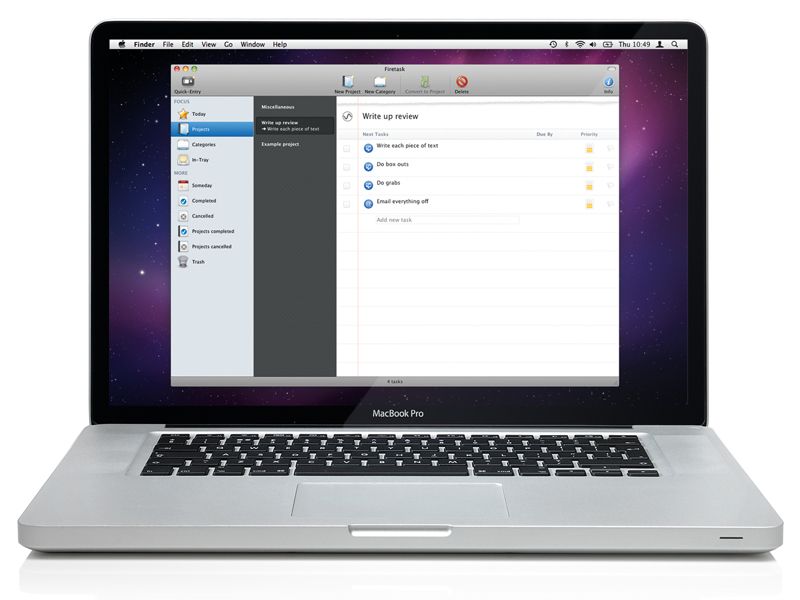

In a time-sharing system, multiple computer terminals let many people share the use of one mainframe computer processor. In some cases, it could take hours or days between submitting a job to the computing center and receiving the output.Ī more interactive form of computer use developed commercially by the middle 1960s. After the job had completed, users could collect the results.

A number of assignments for the computer would be gathered up and processed in batch mode. End users generally did not directly interact with the machine, but instead would prepare tasks for the computer on off-line equipment, such as card punches. Before the introduction of the microprocessor in the early 1970s, computers were generally large, costly systems owned by large corporations, universities, government agencies, and similar-sized institutions. Mainframes, minicomputers, and microcomputers Ĭomputer terminals were used for time sharing access to central computers. Early personal computers – generally called microcomputers – were sold often in electronic kit form and in limited numbers, and were of interest mostly to hobbyists and technicians. After the development of the microprocessor, individual personal computers were low enough in cost that they eventually became affordable consumer goods. A personal computer is one intended for interactive individual use, as opposed to a mainframe computer where the end user's requests are filtered through operating staff, or a time sharing system in which one large processor is shared by many individuals. The history of the personal computer as mass-market consumer electronic devices effectively began in 1977 with the introduction of microcomputers, although some mainframe and minicomputers had been applied as single-user systems much earlier. See also: History of computing hardware (1960s–present) By 1979, over half a million microcomputers were sold and the youth of the day had a new concept of the personal computer. The Apple II and the PET 2001 were advertised as personal computers, while the TRS-80 was described as a microcomputer used for household tasks including " personal financial management". Over the next seven years, the phrase had gained enough recognition that Byte magazine referred to its readers in its first edition as " the personal computing field", and Creative Computing defined the personal computer as a "non-(time)shared system containing sufficient processing power and storage capabilities to satisfy the needs of an individual user." In 1977, three new pre-assembled small computers hit the markets which Byte would refer to as the "1977 Trinity" of personal computing. This advertisement was deemed too extreme for the target audience and replaced with a much drier ad for the HP 9100A programmable calculator. In 1968, a manufacturer took the risk of referring to their product this way, when Hewlett-Packard advertised their "Powerful Computing Genie" as "The New Hewlett-Packard 9100A personal computer". stated, "There is no reason to suppose the average boy or girl cannot be master of a personal computer". Mauchly's vision of future computing as detailed at a recent meeting of the Institute of Industrial Engineers. 9.8 Writable CDs, MP3, P2P file sharingĪn early use of the term "personal computer" appeared in a 3 November 1962, New York Times article reporting John W.9.7 IBM clones, Apple back into profitability.5.6 Commodore/Atari price war and crash.4 1977 and the emergence of the "Trinity".3 The beginnings of the personal computer industry.2.1 Mainframes, minicomputers, and microcomputers.


 0 kommentar(er)
0 kommentar(er)
